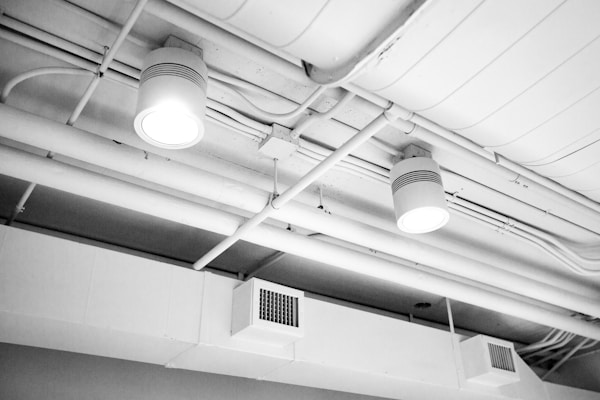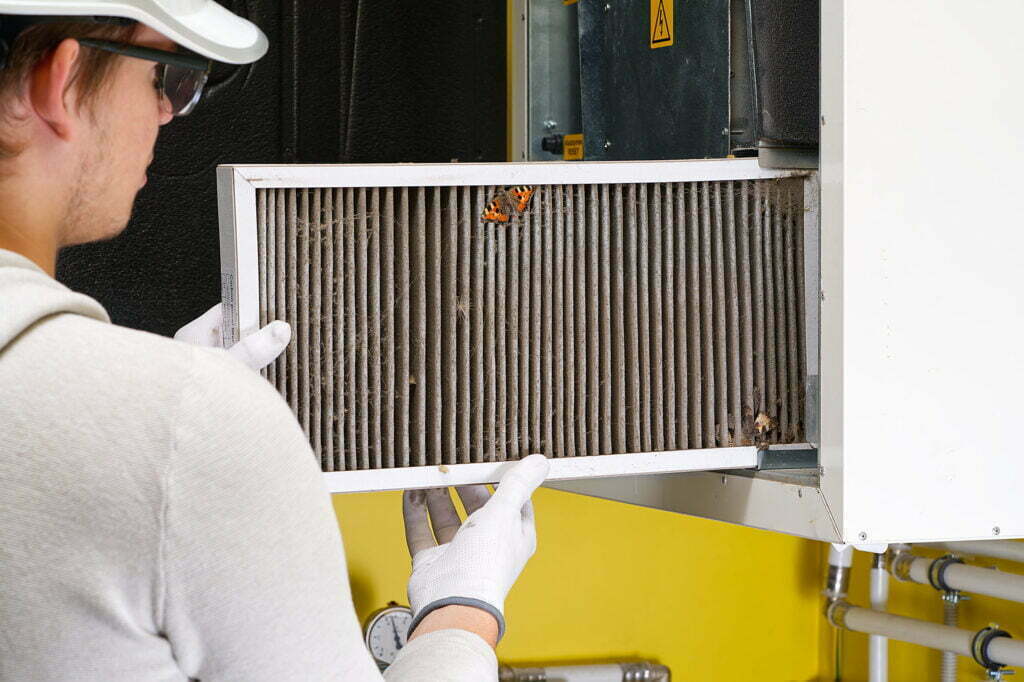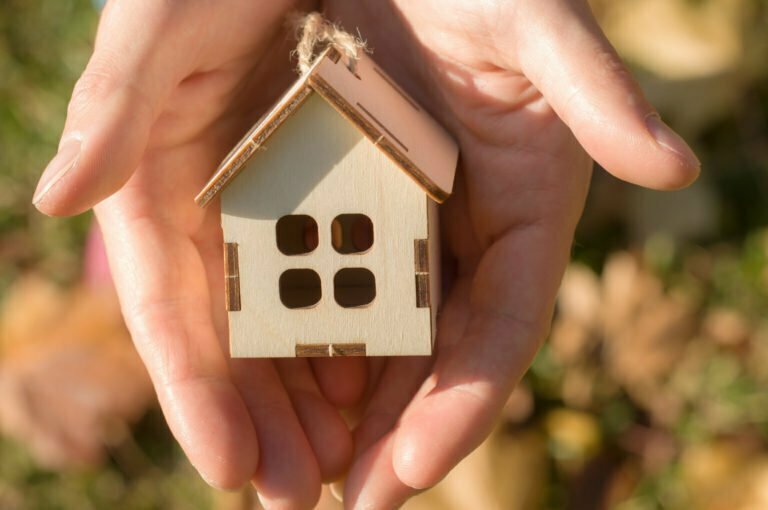If you’re looking for ways to keep your home comfortable and healthy, one of the most important things you should be doing is keeping your home’s air ducts clean. Dirty air ducts can lead to poor indoor air quality, which can cause a variety of health problems. Furthermore, having clean air ducts will ensure the efficiency of your heating and cooling system, thus saving you money in the long run. However, many homeowners don’t know how to tell that their air ducts need to be cleaned. Fortunately, there are plenty of resources that can help. If you’re not sure what to do or where to start, read on to learn about signs of dirty air ducts and how to spot them.
What are the signs of dirty air ducts?

Dirty air ducts can be a major source of indoor air pollution, as they are responsible for circulating the same air over and over again throughout your home. Signs that you may have dirty air ducts include noticing an increase in dust levels or having difficulty breathing in certain areas of your home. Other signs include excessive moisture build-up on walls, an unpleasant smell coming from the vents, visible mold growth, hearing squeaking noises when the system is running, and feeling cold drafts even when the temperature is set correctly.
The most obvious sign of a dirty air duct is visible particles coming from the vents when they are turned on. If you see dust or other debris, this could be indicative of a buildup within your system that needs to be addressed. Additionally, if you notice any strange odors, this can also signal a need for cleaning as dirt, mold, and mildew may have accumulated over time in your ductwork and are now being circulated through your home. Frequent changes in temperature between rooms can signify an obstruction within the system which blocks airflow distribution.
In order to spot these signs more easily it’s crucial to inspect all accessible parts of your HVAC system regularly such as registers, dampers, and return grills. If you notice any discoloration or debris buildup then it’s likely that there is some form of blockage within the ductwork which should be addressed by a professional immediately.
How else can you protect your home’s air quality?

Dirty air ducts are clearly a major source of indoor air pollution, but there are other ways you can protect your home’s indoor air quality. While many homeowners don’t think much about indoor air quality, the truth is that it can be a serious issue. Indoor air pollution has been linked to health conditions, including respiratory infections, emphysema, and coronary artery disease. The best thing you can do to protect your home’s indoor air is to purchase an air purifier, which can eliminate allergens, dirt, debris, and other contaminants.
Another one of the best things you can do is to deep clean your home. Deep cleaning is a process of thoroughly cleaning your home from top to bottom, removing dirt that has built up over time. Your home can accumulate a lot of debris and dust and unless you’re proactive about cleaning it up, it can have a significant effect on the air quality in your home. When cleaning, you should use a vacuum that has a HEPA filter, and pay extra attention to laundering items that can trap allergens, like your bedding, drapes, rugs, and curtains.
Overall, regular maintenance of air ducts is essential to ensure clean air in a home or business. Knowing the signs of dirty air ducts and how to spot them can help keep air ducts clean and improve air quality. If you do suspect that there is a problem with your HVAC system or that your ducts need to be cleaned, the best thing to do is to call an HVAC technician right away. You should also make it a priority to improve your indoor air quality in other ways, like cleaning more frequently and using an air purifier. Follow these tips and you’ll be able to breathe easier whenever you’re at home.





